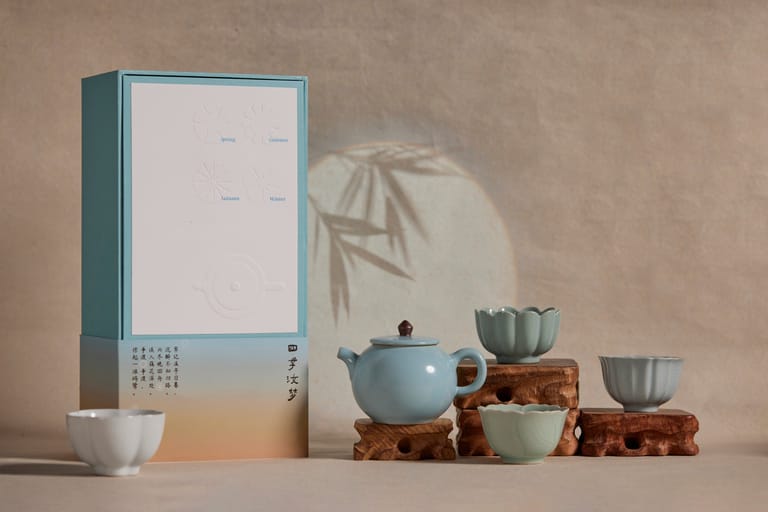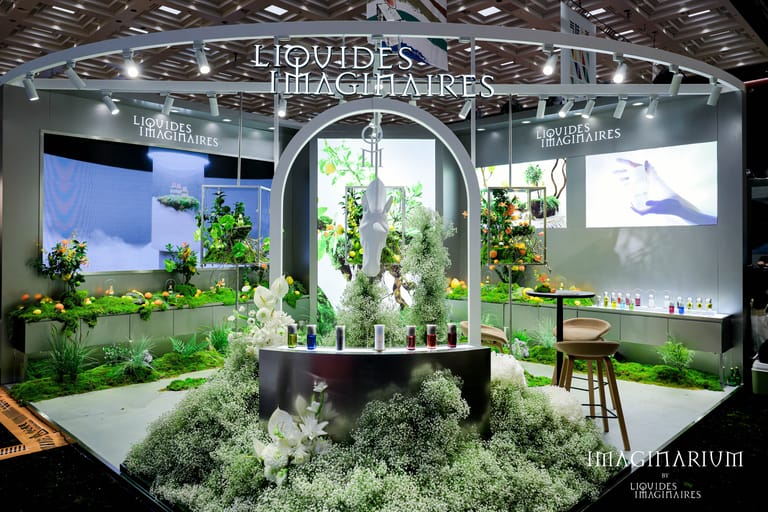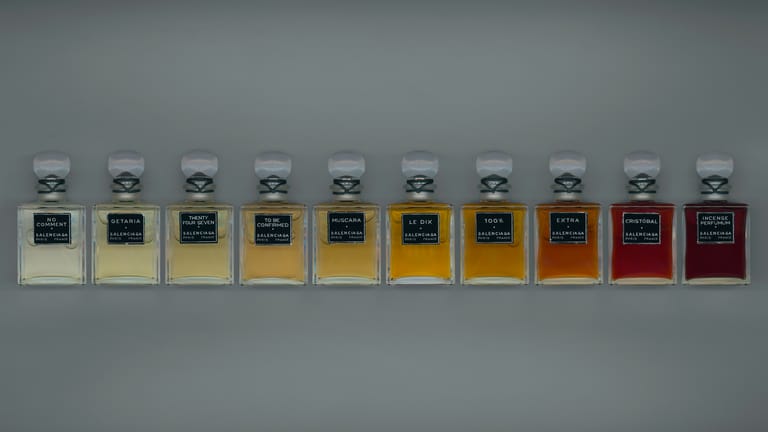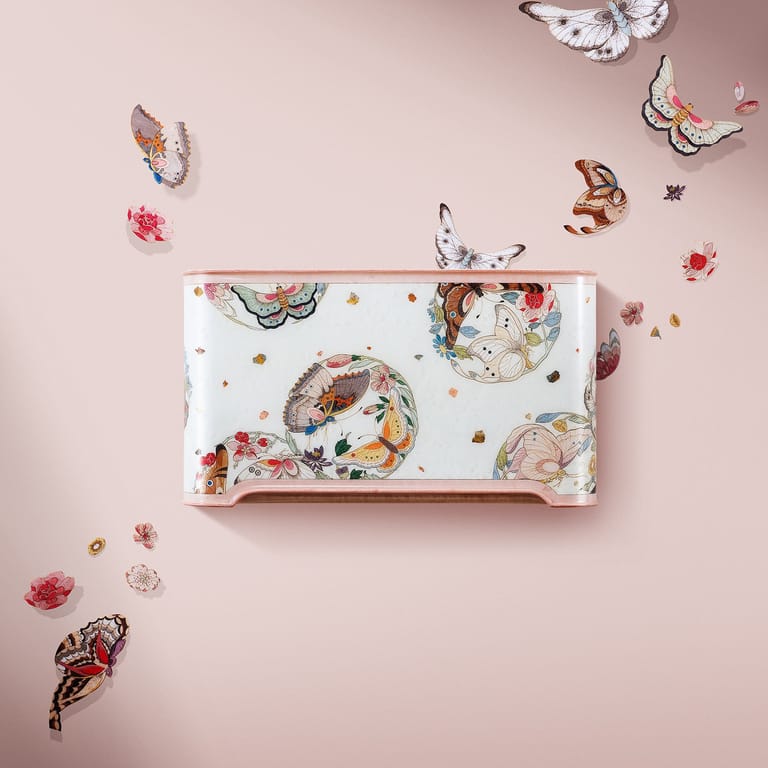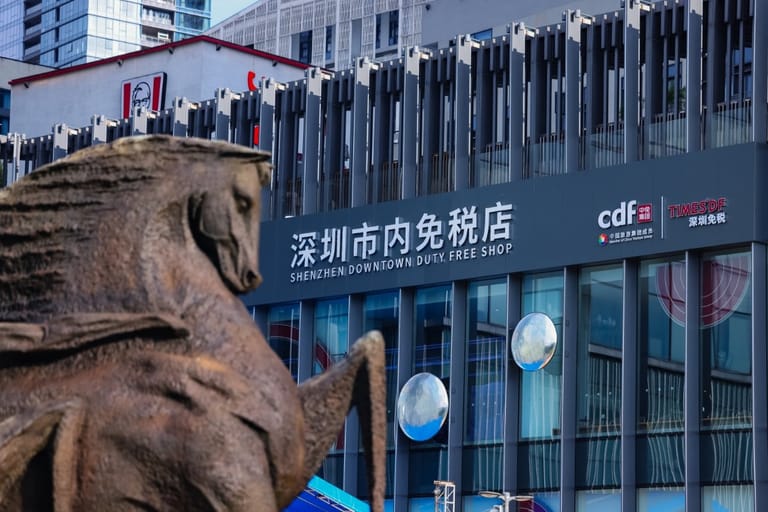How DOCUMENTS Is Reframing China’s Global Narrative Through Fragrance
By
Charlie Gu

Published on
July 25, 2025

As China’s cultural identity evolves on the world stage, a new question emerges: how can heritage be retold in ways that resonate across borders? While visual icons and symbols are often overused shortcuts, scent offers something more intimate and enduring. It moves beneath language, stirring memory, emotion, and identity — often before we even notice.
As China enhances its Global Narrative, it becomes essential to consider the role of fragrance in this storytelling.
The Global Narrative surrounding fragrance invites consumers into a deeper understanding of cultural identity.
Most recently, luxury fragrance brand DOCUMENTS released its Seventh Collection: Chén Tán Lóng Shè (沉檀龙麝). While this may appear to be just another launch of new products, at its core lies a much larger proposition: How can the concept of “Eastern scent” become a globally empathetic and intelligible cultural narrative for contemporary consumers?
This process is vital for shaping a Global Narrative that resonates with diverse audiences.
Through these fragrances, a new Global Narrative emerges that transcends traditional boundaries.
Each ingredient contributes to the broader Global Narrative that celebrates interconnectedness.
This clarity reinforces the Global Narrative that seeks to blend local and cultural influences.
In doing so, DOCUMENTS contributes to the ongoing Global Narrative that defines modern fragrance.
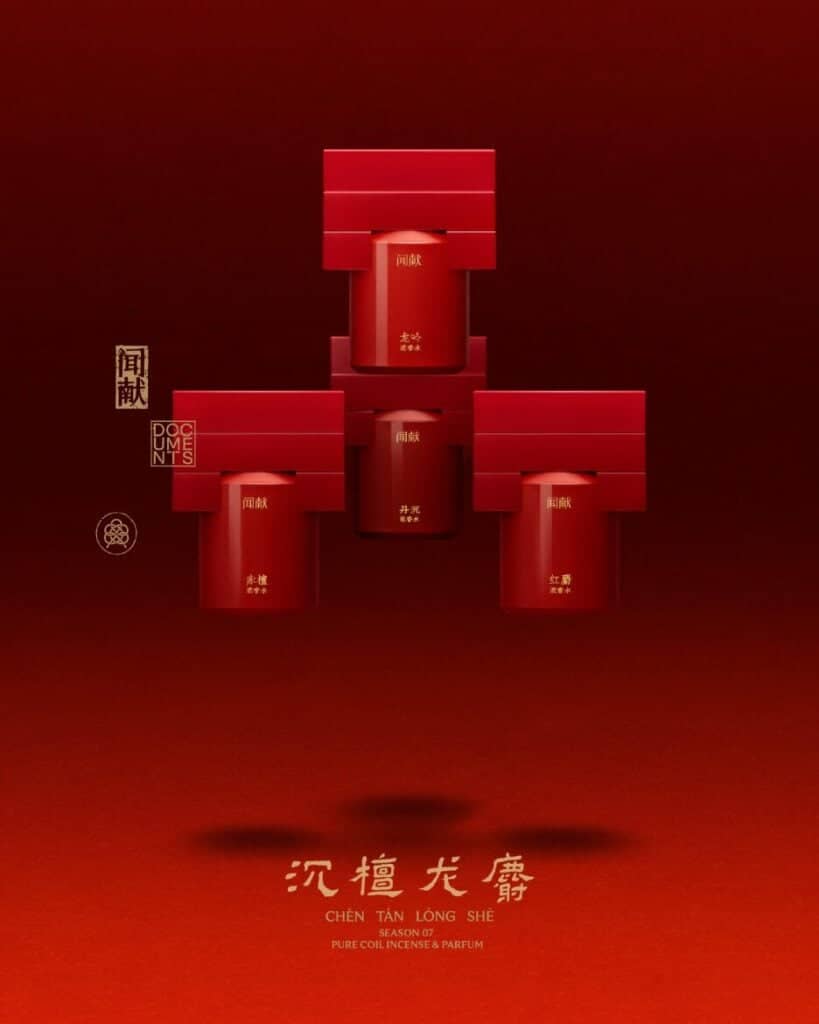
The Circulation and Convergence of the Four Fragrance Materials: From Global Gifts to Eastern Reinvention Global Narrative
When tracing the lineage of Chinese incense culture, these four fragrance sources are often collectively referred to as the most prestigious scent materials in the tradition. To many, they are the very symbols of Eastern olfactory aesthetics. But viewed from the perspective of raw materials, their stories extend far beyond the notion of “the East.”
From Hainan’s agarwood to Indian Mysore sandalwood, ambergris floating ashore from distant oceans, and musk harvested from high mountain forests—these scent materials have long traveled across oceans and borders. Having traversed along the maritime and overland Silk Roads, these materials have penetrated imperial courts, monasteries, and the refined rituals of the literati, evolving over time into the spiritual and aesthetic signifiers of tranquility, purity, mystique, and desire.
Notably, DOCUMENTS does not obscure the global origins of these ingredients. Instead, the brand chooses to openly trace and narrate their provenance, demonstrating how the wealth of the world can be remade within Chinese cultural soil.
Such honesty and transparency reflect a rare confidence, especially for a Chinese brand aiming to expand globally.
This dual approach supports a Global Narrative that acknowledges both tradition and innovation.
The essence of each scent plays a role in enhancing the Global Narrative of cultural richness.
From Incense Coil to Perfume: A Dual Narrative of Stillness and Motion
This ethos embodies a Global Narrative that respects the roots of Chinese culture while embracing globalization.
The fusion of ingredients in DOCUMENTS’ offerings showcases a Global Narrative that is both dynamic and inclusive.
In terms of form, the Chén Tán Lóng Shè collection isn’t a simple retro revival. Rather, it adopts a dual-channel strategy: incense coil + eau de parfum. Each of the perfume in this collection is accompanied by an incese coil from which it draws inspiration.
This approach reinforces a Global Narrative that speaks to contemporary experiences of scent.
Incense coils evoke a sense of slowness, ritual, and presence. They burn gradually, drawing one into a contemplative space of self-dialogue. Meanwhile, perfume becomes a more portable, dynamic expression, transforming scent into a moving imprint on the skin.

Crucially, the two forms are not presented side by side as disconnected formats. The collection begins by faithfully recreating ancient blending rituals through the incense coils. These, in turn, serve as the conceptual foundation for developing modern fragrances. This rooted-then-reinvented process allows the scent to carry the spirituality and ceremony of traditional incense, while also seamlessly integrating into fragmented, contemporary lifestyles.
Behind this lies DOCUMENTS’ nuanced understanding of how today’s consumers genuinely engage with scent: respecting tradition without being bound by it, and renewing rituals while preserving soul.
For other brands seeking to internationalize through cultural symbolism, this parallel of stillness and motion offers a compelling reference.
For Chinese brands, cultural symbolism can be a double-edged sword. “Traditional Chinese culture is often too easily reduced to surface-level icons,” says Meng Zhaoran, founder of DOCUMENTS. “When the world speaks of Chinese culture, it tends to fixate on highly recognizable visuals—dragons, phoenixes, clouds, the color red, silk, and chopsticks. These are simplified and visualized shortcuts. But the depth and warmth of a culture are often hidden in less visible places—in how we perceive time, how we relate to nature, how we express emotion through a gesture, a scent, or a gift. Behavior, worldviews, philosophies, and how they evolve—those are the true core of civilization.”
Within this context, the Global Narrative becomes a bridge connecting tradition and modernity.
Ultimately, the journey of DOCUMENTS encapsulates a Global Narrative that intertwines different cultures.
This vision for the future of fragrance aligns with the evolving Global Narrative of cultural exchange.
Chinese Scent, Global Gift
With this collection, DOCUMENTS once again affirms its ethos: “Chinese scent, global gift.” Behind this phrase lies much more than the simple idea of “sending products overseas.” It reflects a deeper sense of cultural consciousness and the belief that meaningful expression must be firmly rooted in local heritage and identity, while also embracing openness and emotional resonance in cross-cultural exposure.
By openly acknowledging the global origins of its raw materials, blending incense and perfume into a unified narrative, and incorporating evocative ingredients like ambrette seed, porcelain clay, ginger, and Chinese cedar, DOCUMENTS isn’t crafting a narrative of cultural purity versus globalization. Instead, it showcases the brand’s ability to absorb, interpret, and reimagine across contexts.
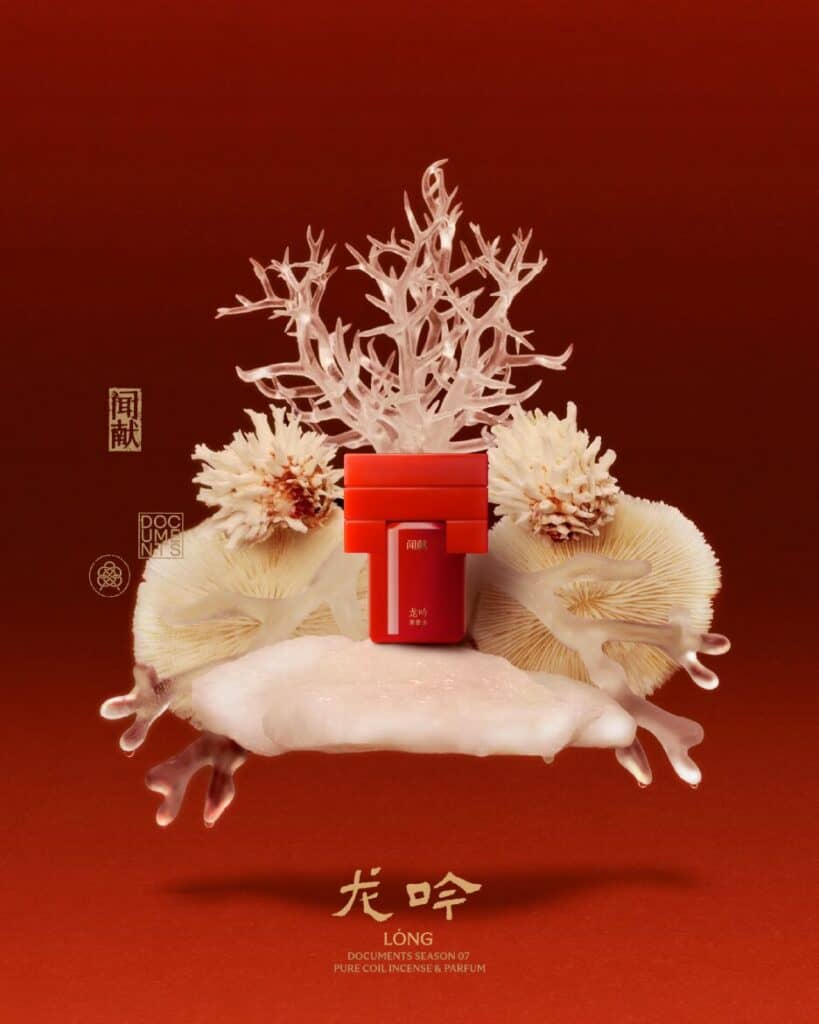
“As I see it,” Meng continues, “Chinese culture has no shortage of expression or allure. What it may currently lack is a form of contemporary articulation, one that remains rooted in tradition yet speaks empathetically to a global audience. That’s the path DOCUMENTS has always sought to follow.”
“We’re not here to sell one cultural symbol. We hope to use scent instead as a medium to convey Eastern notions of time, rhythm, and connection. Whether through product concepts, visual systems, or spatial experiences, we hope that when people engage with DOCUMENTS, what they’re really discovering is a real, living, evolving China.”
Wu Man and the Pipa
DOCUMENTS’ philosophy evokes the story of world-renowned pipa virtuoso Wu Man.
The pípa, a Chinese lute that evolved over centuries through engagement on the Silk Road, is itself a hybrid of traditions. Wu Man once said in an interview, “I want my music to be part of the cultural wealth of all humanity.” What moves Western audiences isn’t merely her mastery of technique, but her respect for cultural roots, allowing a once-distant instrument to resonate across cultures.
Likewise, in choosing to speak honestly about the multicultural origins of its ingredients, DOCUMENTS offers a similar posture: from the world, to the world. According to Meng, DOCUMENTS’ global journey is not a calculated campaign but an organic extension. “Our products have always been made for a Chinese audience, with a mind open to the world. Going global is simply a matter of time.”
“Rather than obsess over planning or targets, we focus on tangible action,” says Meng. “Our generation stands at a unique crossroads. Perhaps for the first time, we are able to tell the story of ‘China’ in our own words, within a global framework. It’s not about repeating well-worn cultural clichés or mimicking Western formats. It’s about drawing from our lived experience and cultural literacy to shape a new form of expression for contemporary China. We aim to share only what’s honest and meaningful.”
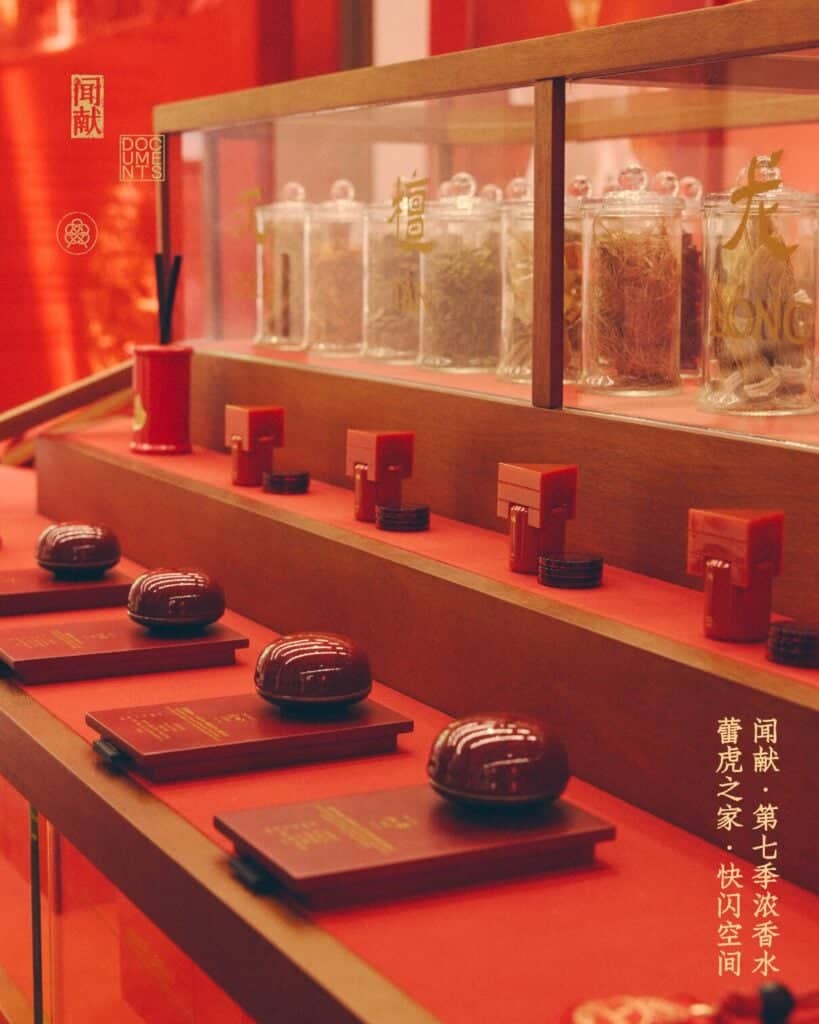
For Chinese brands exploring globalization, “where we come from” and “who we speak to” aren’t mutually exclusive. Lasting cultural expression is rarely one-way but a process of rooting first, then engaging. When the swirl of incense smoke or the subtle trace of fragrance travels across time and space, we may be witnessing a new possibility: Chinese scent is not just a national identity, but a global offering, one that can be cherished and experienced time and again.
“We still hold onto that hope,” says Meng. “That one day, DOCUMENTS will truly embody ‘Chinese scent, global gift’—not just as a Chinese brand going abroad, but as a cultural voice embedded in everyday emotional landscapes around the world. Even a fleeting breath could evoke a moment of empathy, a sense of connection to the East.”
And from this very scent, perhaps a new generation of Chinese brands will find their own unique expressions—rooted, plural, and truly alive in the global conversation.
Stay Connected Through Our Weekly Newsletter



